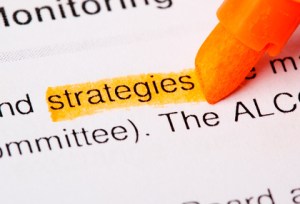Transfer values from final-salary schemes are at an all-time high (because 20 year gilts have fallen to 3% whereas in 1990 they were 11%), in fact transfer values are 80% higher than 6 years ago according to Investors Chronicle and they give 6 reasons to leave final salary schemes:
- You have other assets to fall back on
- You have a scheme from an ex-employer and don’t trust your former employer to keep funding the scheme
- You think you former employer is in trouble
- Your pension will not be fully covered by the Pension Protection Fund if you former employer becomes insolvent (the cap at age 65 for 2012-13 is £34,000 annual income)
- You are in bad health and won’t likely see an average length pension
- You are happy not to ever buy an annuity and want more flexible benefits
At December 2012 the FTSE 100 companies had a combined deficit of over £50bn and only 13% of final salary pension are open to new joiners.
How transfer values have out grown scheme benefits
This example would be a for a typical final salary scheme paying 3% benefit increases to deferred pensioners over the last six years and are based on a member who was 50 in 2006.
| Deferred pension |
Typical transfer value offered |
|
| Benefit in 2006 | £50,000 pa | £1,000,000 |
| Benefit at end-2012 | £59,700pa | £1,800,000 |
| % increase | 19% | 79% |
Read more: http://www.ifaonline.co.uk/retirement-planner/feature/2244829/time-to-review-deferred-defined-pension-benefits#ixzz2MU35ToaN
IFA Online – News, blogs and analysis for IFAs. Visit the website now.
The Financial Services Authority (FSA) are in general against transfers out of final salary schemes and on the 28th February 2013 issued proposals to change the basis of calculation for transfer values:
The FSA estimates that the changes to the way TVAs are performed will prevent an undervaluation of benefits of up to £20bn. In other words, the changes mean that transfer values may have to increase before an adviser recommends a transfer.
Consultations close of 27th March 2013
Transferring out should be done with extreme care as its irreversible.
Charities have Pension Deficits too
In the Financial Director Magazine in February 2013 it was reported that Baker Tilly had resigned as auditor to Citizens Advice Bureau over a disagreement on pensions.
Citizens Advice’s pension pot has a growing deficit, which leapt from £19.4m in 2006 to almost £36.5m by March 2010. The defined benefit scheme closed to new entrants in 2008.
The charity insists “it is not possible to separately identify assets and liabilities relating to Citizens Advice”. For this reason, it cannot make provision under FRS12.
However, Baker Tilly disagrees and last year gave a qualified opinion on the accounts, calling for a provision of £8,305,000 to be made at 31 March 2010.
Accountancy Age – Finance, business and accountancy news, features and resources. Claim your free subscription today.
steve@bicknells.net










